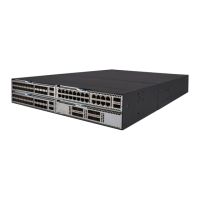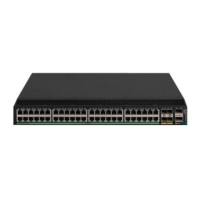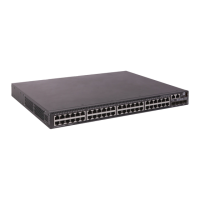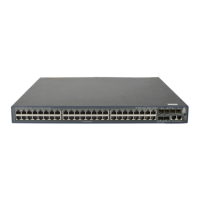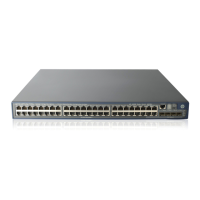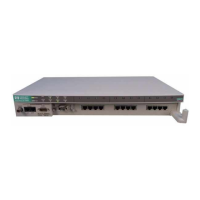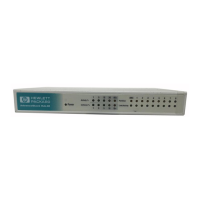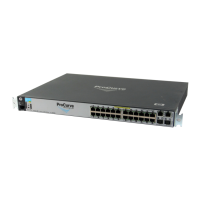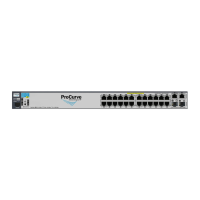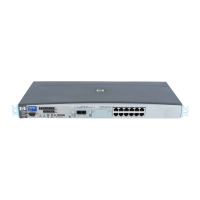149
2. Enter IS-IS IPv4 unicast
address family view.
a isis [ process-id ] [ vpn-instance
vpn-instance-name ]
b cost-style { wide |
wide-compatible }
[
]
N/A
3. Filter routes redistributed
from other routing protocols
or IS-IS processes.
filter-policy
{ ipv4-acl-number |
prefix-list
prefix-list-name |
route-policy
route-policy-name }
[
[ process-id ] ]
By default, IS-IS route
filtering is not configured.
Configuring IS-IS route leaking
Perform this task to control route advertisement (route leaking) between Level-1 and Level-2.
You can configure IS-IS to advertise routes from Level-2 to Level-1, and to not advertise routes from
Level-1 to Level-2.
To configure IS-IS route leaking:
1. Enter system view.
system-view
N/A
2. Enter IS-IS IPv4 unicast
address family view.
a isis [ process-id ] [ vpn-instance
vpn-instance-name ]
b cost-style { wide |
wide-compatible }
c address-family ipv4 [ unicast ]
N/A
3. Configure route leaking from
Level-1 to Level-2.
import-route isis level-1
into level-2
[
filter-policy
{ ipv4-acl-number |
prefix-list
prefix-list-name |
route-policy
route-policy-name } |
tag
tag ] *
By default, IS-IS advertises
routes from Level-1 to
Level-2.
4. Configure route leaking from
Level-2 to Level-1.
import-route isis level-2 into level-1
[
filter-policy
{ ipv4-acl-number |
prefix-list
prefix-list-name |
route-policy
route-policy-name } |
tag ] *
By default, IS-IS does not
advertise routes from
Level-2 to Level-1.
Advertising IS-IS link state information to BGP
After the device advertises IS-IS link state information to BGP, BGP can advertise the information for
intended applications. For more information about BGP LS, see "Configuring BGP."
To advertise IS-IS link state information to BGP:
1. Enter system view.
system-view
N/A
2. Enter IS-IS view.
isis
[ process-id ] [
vpn-instance
vpn-instance-name ]
N/A
3. Advertise IS-IS link state
information to BGP.
distribute bgp-ls
[
instance-id
id ]
[
level-1
|
level-2
]
By default, the device does not
advertise IS-IS link state
information to BGP.

